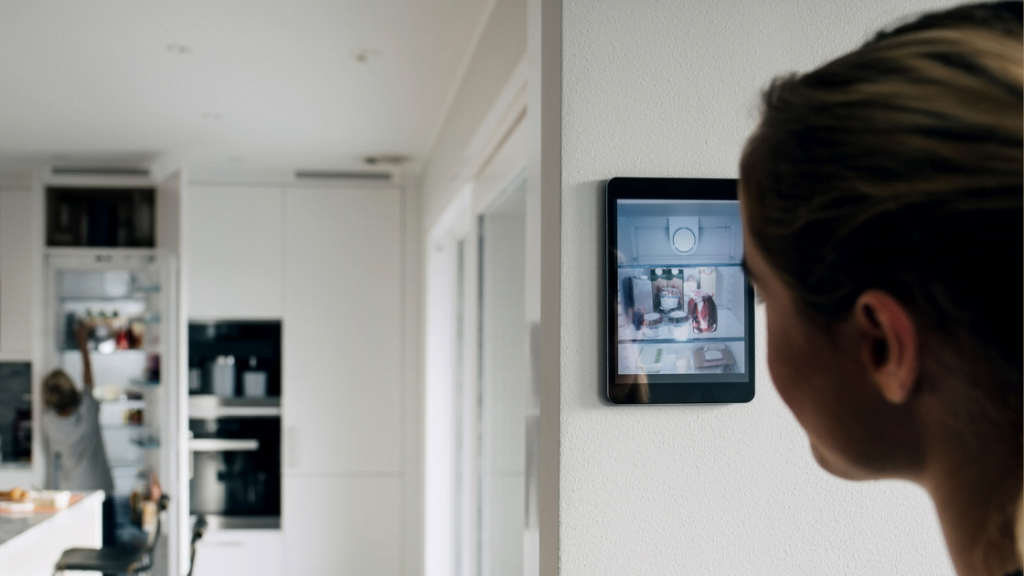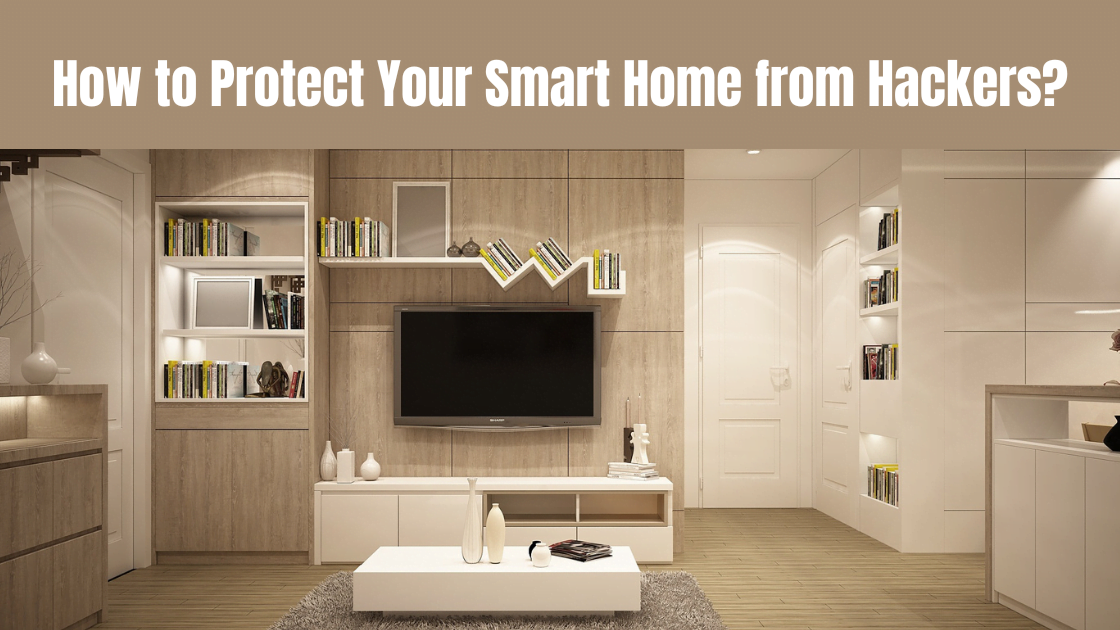How Do You Protect Your Smart Home from Hackers?
As smart home technology becomes more advanced and prevalent daily, homeowners must proactively safeguard their connected devices and ensure privacy within their walls. This article will explore various methods you can implement to Protect Your Smart Home from Hackers and secure yourself from potential cyber threats.
Understand the Risks
Before getting started, it is helpful to understand the risks hackers may pose to unsecured smart home systems. As more appliances and gadgets connect to the internet, they can expose entry points for malicious actors. Typical targets include security cameras, smart locks, voice assistants, thermostats, and other internet-enabled devices. If not adequately protected, these portals can be exploited to access private footage, unlock doors remotely, or spy on household activities without consent. We will review best practices to minimize vulnerabilities and prevent unauthorized access.
Change Default Passwords
One of the simplest yet most important security measures is changing all connected devices’ default passwords. Manufacturers often ship products with generic, well-known credentials that can easily be guessed online. Take the time to customize unique, strong passwords for each account to thwart brute-force hacking attempts. Consider a passphrase of random words instead of standard passwords for increased strength. Be sure to update passwords regularly if a breach affects that brand.
Enable Two-Factor Authentication
For critical systems like smart home hubs and security cameras, enable two-factor authentication for an extra layer of protection beyond passwords. Common second factors include verification codes sent via text message, authentication apps, or security keys. Hackers would then need access to your password and phone or authenticator device to gain entry, making account takeovers much more challenging. Look for 2FA device and account settings options and turn them on wherever supported.
Isolate Smart Devices on Their Own Network
Rather than allowing all connected gadgets, such as computers and phones, onto the same household Wi-Fi network, isolate them on a separate subnet for improved segmentation. This can be done by setting up a dedicated wireless network for Internet of Things devices or using network segmentation features on Wi-Fi routers. If a vulnerability is exploited, the breach will not spill over to compromise other networked electronics and data. Consider this added precaution for enhanced protection of personal information.
Read More: Malware Types: Viruses, Worms, Trojans, and Ransomware
Update Device Firmware Regularly
Like software on computers and phones, smart home devices also receive security and bug fix updates through firmware patches released by manufacturers. However, many are not set to install these critical updates by default automatically. Check device settings and manufacturer websites regularly to download the latest firmware versions, which will close known vulnerabilities attackers aim to exploit. An out-of-date smart home product left unpatched is an open invitation for hackers – to stay up-to-date to thwart issues before they arise.
Use a VPN on All Home Network Traffic
For an always-on layer of encryption, consider using a virtual private network (VPN) service to route all internet traffic entering and leaving your home. Even if an individual device is compromised, a VPN will prevent hackers from quickly accessing other networked electronics and sensitive online activities from the exact location. Look for VPN providers with no activity or connection logs, military-grade encryption, and a strict no-logging policy to preserve household privacy when browsing online.
Disable Remote Access When Unnecessary
While convenient, remote access and control features expose additional points of entry when accessed externally. When possible, restrict WAN access to smart home devices, apps, and accounts you do not regularly use from outside the LAN. For example, only enable remote camera monitoring when needed instead of leaving it on indefinitely. The less network surface area exposed online unnecessarily, the lower the overall risk profile.
Use a Dedicated IoT Security System

Consider a dedicated security system designed specifically for connected homes and devices for comprehensive protection. Options include standalone IoT network monitors, security cameras with local storage, and advanced firewall capabilities. Look for solutions offering continuous vulnerability scanning, automatic firmware updates, network access control, and zone isolation. A holistic security appliance can more easily enforce policies and block threats before traditional solutions.
Enable Camera Encryption Features
If using smart security cameras, enable any built-in encryption features during setup. This can include HTTPS access only, encrypted video streams, secure deletion policies, and more. Check manufacturer instructions to ensure cameras use best practices like Perfect Forward Secrecy (PFS) to protect footage in transit further. Also, consider local storage options that avoid cloud dependencies and the need to trust third parties with private video recordings.
Be Wary of Default IoT Settings
By default, many smart devices come pre-configured with open ports, universal remote access enabled, and other permissive settings posing security risks. Review all setup options critically and turn off any unnecessary openness. Check for universal plug-and-play (UPnP) options, remote management ports, and other broadly exposed services that could be exploited by bad actors if left on public networks unprotected. Tighten as needed.
Use a Firewall to Protect Your Smart Home from Hackers
In addition to the security measures already discussed, using a firewall is another important line of defense for your smart home network. Firewalls act as a gateway between your network and the internet, monitoring inbound and outbound traffic and blocking suspicious activity and connections. Look for next-generation firewall options that inspect encrypted traffic without compromising privacy. Configure rules to allow only necessary communication to and from your home, dropping any unidentified packets. This prevents hackers from scanning your network for vulnerable entry points.
Beware of IoT Bots & DDoS Attacks
With so many internet-connected devices available, malicious actors have developed “bots” that scan for and infiltrate vulnerable IoT systems. These botnets can then be leveraged for large-scale distributed denial of service (DDoS) attacks, with unsecured smart home devices unknowingly participating. Keep up with the most recent IoT security warnings and patches to seal off any vulnerabilities that known botnets try to take advantage of. As an additional precaution against these emerging IoT attacks, think about getting your router covered by a cloud-based DDoS protection service.
Conduct Regular Network Audits
No security strategy is impenetrable; even with best practices, new exploits are discovered on a daily basis. As a result, it’s critical to do regular self-audits of your smart home network. Open ports, outdated firmware, default credentials, and other vulnerabilities can be detected using tools. Examine the results and respond to any findings as soon as possible. Check device inventories as well to confirm that only authorised devices are connected. With cybersecurity being a continual activity, periodic sweeps help detect tiny flaws before attackers can exploit them. An additional layer of monitoring aids in the maintenance of long-term security.
Conclusion
While smart home technology offers conveniences, users must proactively implement security best practices to protect themselves from the growing threat of cybercrime and privacy infringement. By following a layered approach like the recommendations covered here – from unique passwords and 2FA to regular updates, network segmentation, VPN usage, and more – homeowners can better safeguard their connected lives and keep prying eyes out. Ongoing vigilance is vital to preserving privacy and peace of mind in today’s digitally connected world.





